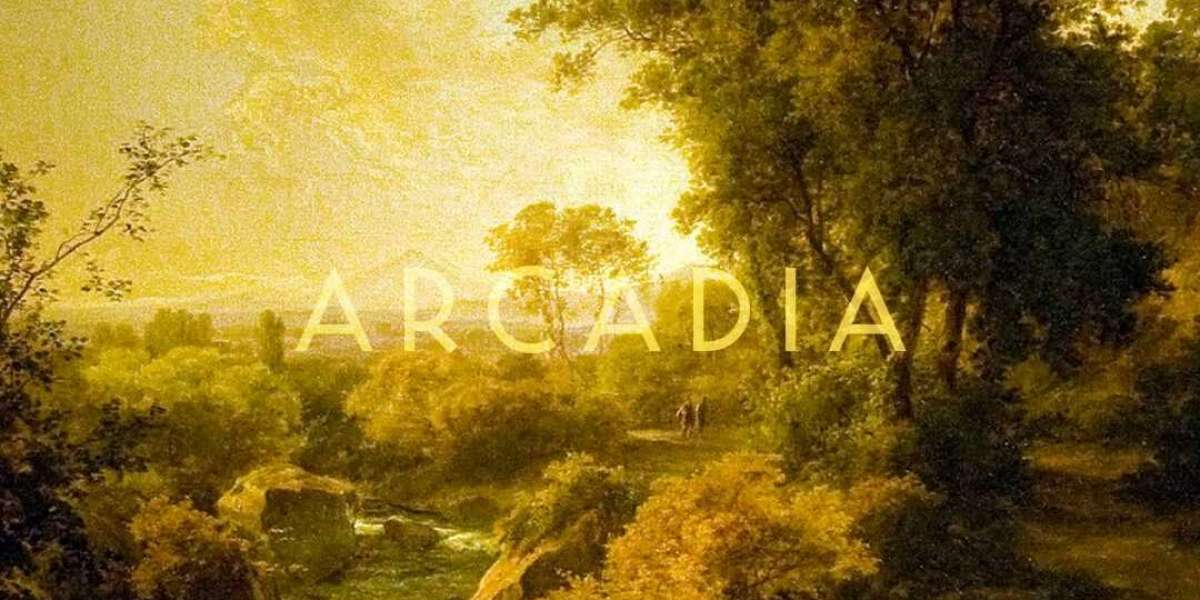This play appeals to such concerns as relationships between the present and the past as well as certainty and uncertainty. It was directed by Michael Halberstam who is a very artistic director. Moreover, it has been reviewed and praised by several critiques as one of the best and the most significant playwright, and was named as the best science related works by the Royal Institution of Great Britain in 2006. Certainly, Arcadia is a great piece of prime essay writing as the author forges a comedy that is full of poetry, wit, scientific theory, sex and romance. The genre of this play combines the features of both tragedy and comedy, thus it is a tragicomedy. The relation between characters is well-organized in the witty as well as epigrammatic dialogues which reveal the comic features in the play. However, there are some elements of classical tragedy, when noble characters as well as the audience tend to foreknowledge the death of Thomasina.
While performing the play, various styles as well as theatrical conventions have been utilised successfully. Stoppard got the idea of writing the play by considering both classical and romantic temperaments. In the third scene, we can see Lady Croom complaining about her lovely classical park. Also, we can see on the same page that the garden is to be redesigned in romantic gothic style (Stoppard 35). On the whole, Arcadia is a very realistic play as compared to other works of art by Stoppard. The realism therein is greatly enhanced by the alteration of two different eras. Moreover, both the setting and the characters are depicted very realistically. Additionally, the plot is both probable and logical since the events are following each other in a linear fashion. On the contrary, the play has major deviations from realism. This is because it has two plotlines that are linear and parallel; for example, is when Thomasina derives mathematical equations to explain the notion of nature. Later, Val plots them producing the image of a leaf.
There are several themes developed in the play. One of them is emotion versus intellect. In Arcadia, the knowledge of love and academic knowledge are in constant conflict throughout the text. In the first pages of the play, we can see Thomasina interrupting her lesson with Septimus and wondering what carnal knowledge is (Stoppard 5). In the history lesson, she further remarks on the relationship between intellect and emotion. This question was prompted by Septimus who was found having sex the previous day with Mrs Chater. Another theme, however, is a mystery of sex. Towards the end of play, Septimus reveals the emptiness and sadness of an academic life (Stoppard 95). He also kisses and embraces Thomasina, hence indulging in love affairs. Similarly, Hannah Jarvis dances with Gus. Just like Septimus, she looks for him to get some fulfilment and solve her mysteries.
The plot is well-organized. First, there is a good connection between two periods. Secondly, it portrays different characteristics between the two periods. Thus, the story is arranged in a coherent manner hence making it easy to connect between the two different eras. The language used is both colloquialism and modern English. Stoppard chooses various speech patterns as well as lexicons to maintain the images of the characters. For instance, there are echoed phrases like when Chloe asks Valentine if the future is programmed like a computer (Stoppard 65). However, the dialogue is more realistic in modern sequence. Bernard rehearses his lecture in a flamboyant and heightened manner. Consequently, the diction used conforms to the times of production as well as surrounding activities. This is why the language is realistic and easy to understand.
One of the characters is Thomasina Coverly who is a genius in epic proportions. She is a thirteen and later sixteen year old girl. Moreover, she received good education privileges. Admittedly, Thomasina is driven by academic zeal and desire for sexual knowledge (Stoppard 45). Her approach which is both carnal and academic makes her to be very successful since she knows and understands the principles of heat. Thomasina is engulfed with the flame which is Moreno one else understands. On the whole, she is a very crucial character, as she makes the play interesting as well as appealing. She also helps to develop various themes and other characters like Septimus.
The overall cohesiveness of the costumes, design, and lighting enhance the production. The costumes clearly indicate that there is transition from 1809 to 2013. Besides, they differ significantly in these two periods depicted in the play. One may guess from the silhouettes and actual clothes what period is represented. The set design is gorgeous, as it has a big mural at the back wall. There are several versions of the paint which slightly moderates the mural. This makes the costumes brighter and more appealing as one can easily identify the period in question.
The music and accompanying sounds are well presented as well. The music enhances the transition effects since they are different. This method allows the play to flow well and captivates viewer’s attention. Additionally, use of music in the play breaks the monotony of simple watching. By and large, this enhances the credibility of the play and creates a good mood.
In conclusion, the play is a masterpiece which goes back and forth between 1809 and present times. The author has enhanced the play by filling it with the history of Byron, hunting as well as gardening. Moreover, one can find the concepts of chaos and math in between. The characters are well used and deliver the messages clearly. Hence, the concept of both emotional and academic knowledge is well-developed which provides great effect even in our day to day lives.



